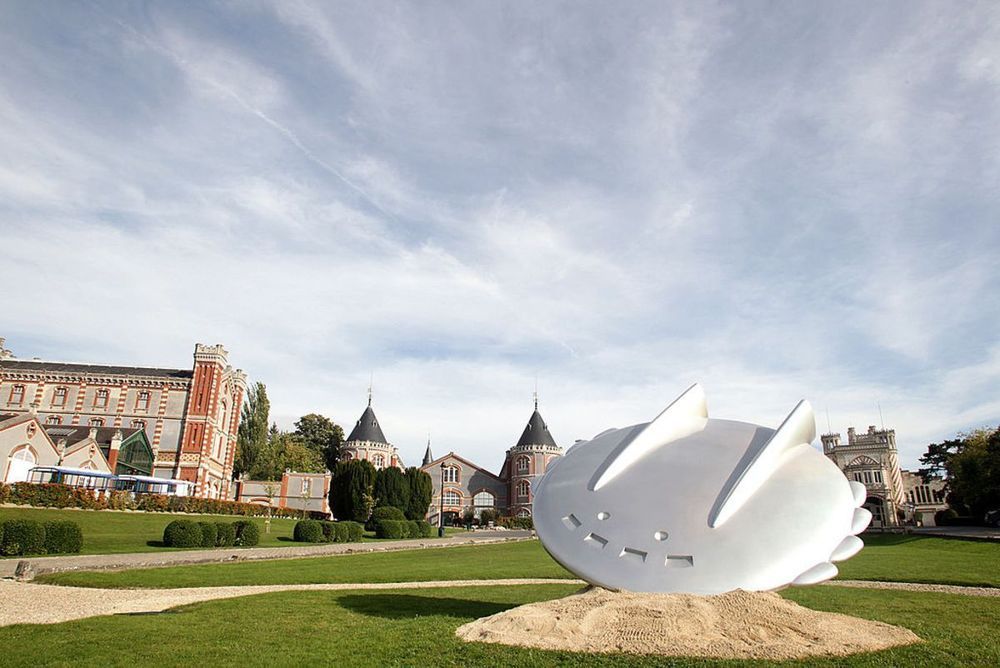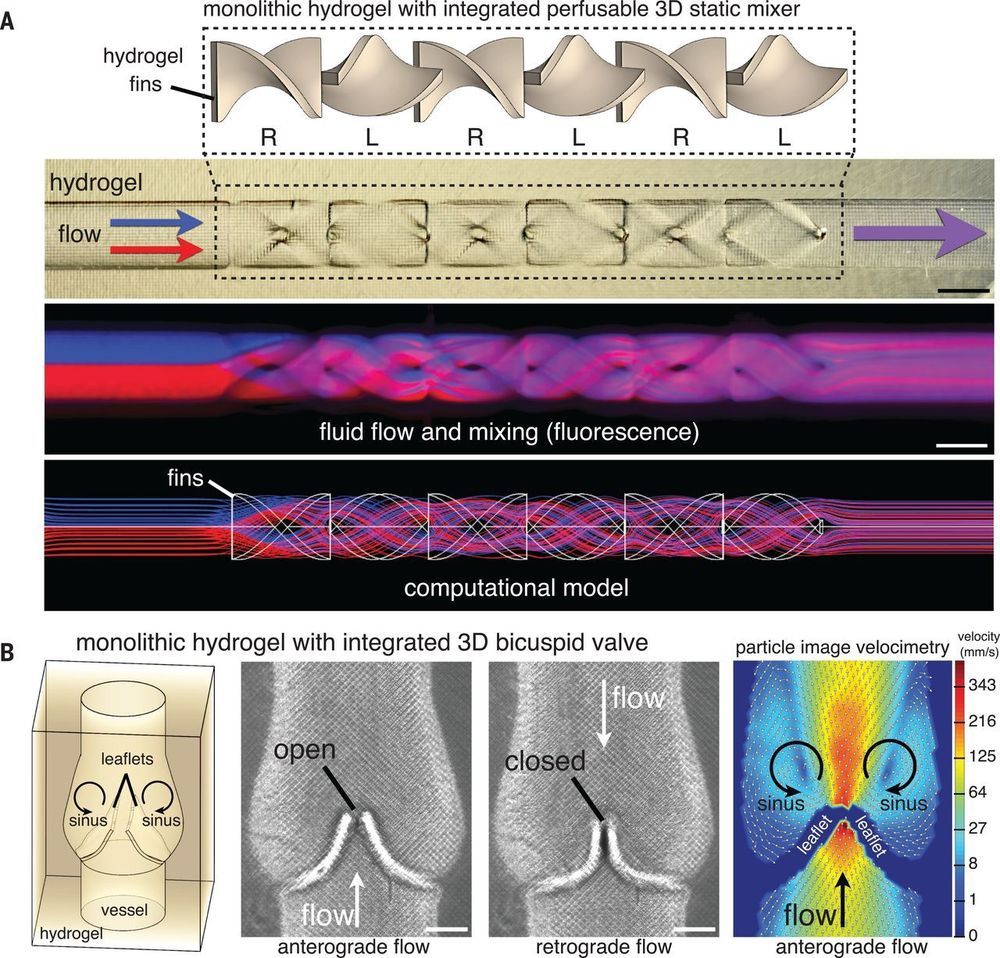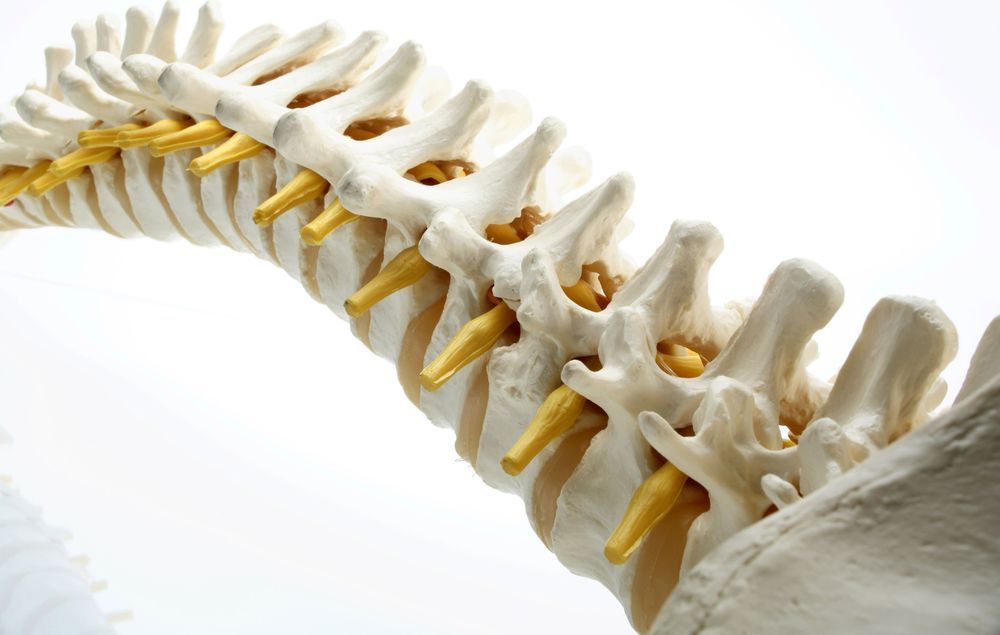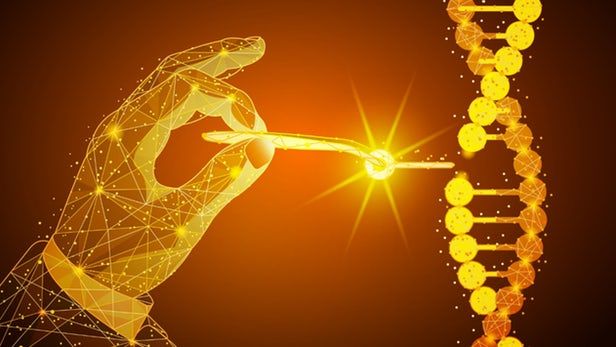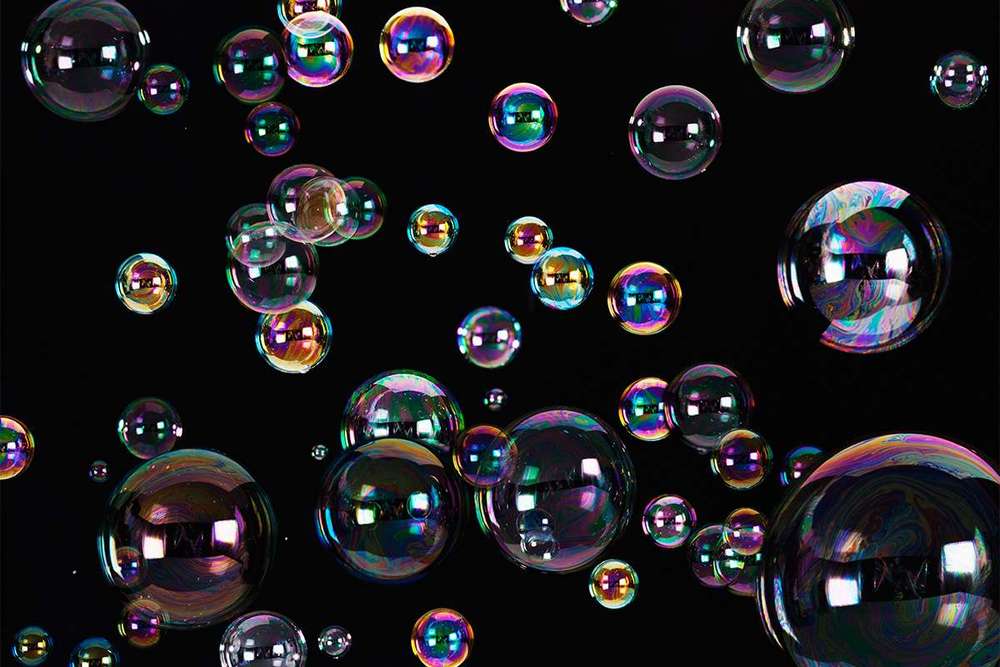Page 8882
May 4, 2019
Experimental Autism Drugs Aim to Improve Social Communication Skills
Posted by Genevieve Klien in categories: biotech/medical, neuroscience
Experts caution that addressing lingering questions will require more research.
- By Nicholette Zeliadt, Spectrum on May 2, 2019
May 4, 2019
Scientists Have Finally Achieved Direct Counterfactual Quantum Communication
Posted by Genevieve Klien in categories: particle physics, quantum physics

Quantum communication is a strange beast, but one of the weirdest proposed forms of it is called counterfactual communication — a type of quantum communication where no particles travel between two recipients.
Theoretical physicists have long proposed that such a form of communication would be possible, but in 2017, for the first time, researchers were able to experimentally achieve it — transferring a black and white bitmap image from one location to another without sending any physical particles.
Continue reading “Scientists Have Finally Achieved Direct Counterfactual Quantum Communication” »
May 4, 2019
Multivascular networks and functional intravascular topologies within biocompatible hydrogels
Posted by Genevieve Klien in categories: biotech/medical, food, mathematics, space travel
In air-breathing vertebrates, the circulatory and pulmonary systems contain separate networks of channels that intertwine but do not intersect with each other. Recreating such structures within cell-compatible materials has been a major challenge; even a single vasculature system can be a burden to create. Grigoryan et al. show that natural and synthetic food dyes can be used as photoabsorbers that enable stereolithographic production of hydrogels containing intricate and functional vascular architectures. Using this approach, they demonstrate functional vascular topologies for studies of fluid mixers, valves, intervascular transport, nutrient delivery, and host engraftment.
Science, this issue p. 458
Solid organs transport fluids through distinct vascular networks that are biophysically and biochemically entangled, creating complex three-dimensional (3D) transport regimes that have remained difficult to produce and study. We establish intravascular and multivascular design freedoms with photopolymerizable hydrogels by using food dye additives as biocompatible yet potent photoabsorbers for projection stereolithography. We demonstrate monolithic transparent hydrogels, produced in minutes, comprising efficient intravascular 3D fluid mixers and functional bicuspid valves. We further elaborate entangled vascular networks from space-filling mathematical topologies and explore the oxygenation and flow of human red blood cells during tidal ventilation and distension of a proximate airway. In addition, we deploy structured biodegradable hydrogel carriers in a rodent model of chronic liver injury to highlight the potential translational utility of this materials innovation.
May 4, 2019
Pirates Made Ocean Vortex ‘The Great Whirl’ Inaccessible. So Scientists Studied It from Space
Posted by Genevieve Klien in category: space
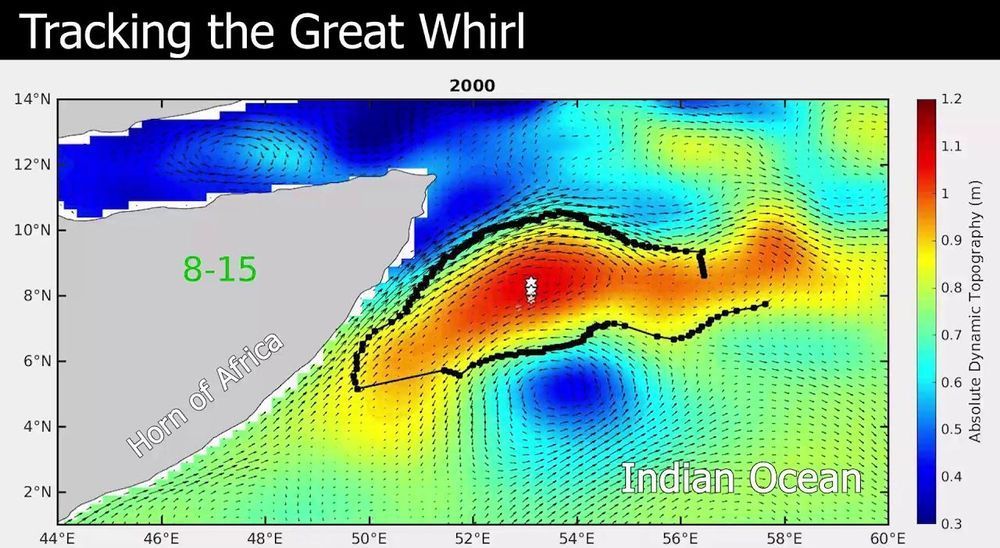
Using satellite data, scientists are tracking the annual formation of an enormous ocean vortex off the coast of Somalia.
May 4, 2019
SpaceX Dragon Launches NASA Cargo to Space Station, Aces Predawn Rocket Landing
Posted by Genevieve Klien in category: space travel
May 4, 2019
Man cracks his neck, ends up giving himself a stroke
Posted by Genevieve Klien in category: futurism
I’m not going to venture a guess as to what percentage of the population regularly cracks their necks, but I have to imagine it’s pretty high. A quick bend left and right is all it normally takes to produce the satisfying “pop,” and for most of us it seems like little more than a harmless habit.
Apparently that’s not the case, and the story of one 28-year-old Oklahoma man is a strong reminder that toying with one’s own spine can be a dangerous thing. A simple neck crack is all it took to turn Josh Hader’s life upside down, and he knew within moments that he had accidentally done some serious damage.
May 4, 2019
Anti-CRISPR molecules discovered that can block the gene editing technology
Posted by Genevieve Klien in categories: bioengineering, biotech/medical, habitats
As we dive into the brave new world of gene editing, CRISPR technologies are undoubtedly becoming increasingly precise, but alongside enhanced precision is also the necessity for developing ways to inhibit or block the process – an anti-CRISPR molecule, if you will. New work from the Broad Institute and Brigham and Women’s Hospital has presented a study that homes in on small molecules that may have the ability to safely block the CRISPR gene editing process.
May 4, 2019
NASA and Star Wars: The Connections Are Strong in This One
Posted by Michael Lance in categories: robotics/AI, space
#StarWarsDay #StarWars #StarWarsCelebration #NASA #MayThe4thBeWithYou
Space Screening, ‘TIE’-ins, Tatooine and The Droids You’re Looking For
NASA astronauts “use the force” every time they launch … from a certain point of view. We have real-world droids and ion engines. We’ve seen dual-sun planets like Tatooine and a moon that eerily resembles the Death Star. And with all the excitement around the premiere of Star Wars: The Force Awakens, the Force will soon be felt 250 miles above Earth on the International Space Station. Disney is sending up the new film so the astronauts can watch in orbit, and the station’s commander, Scott Kelly, can hardly wait:
Continue reading “NASA and Star Wars: The Connections Are Strong in This One” »
